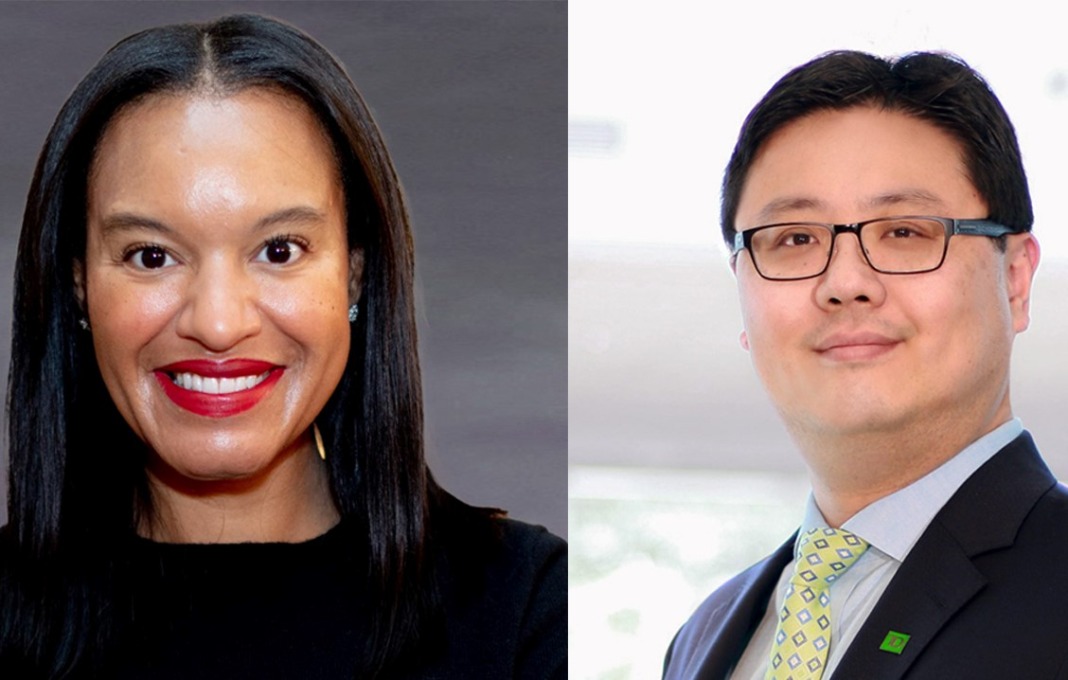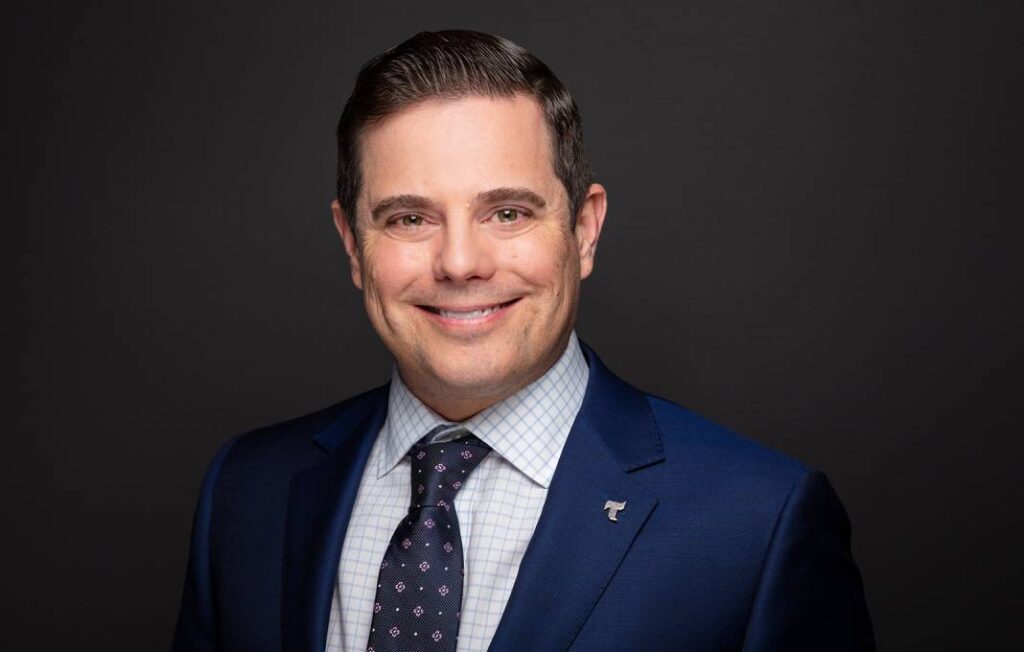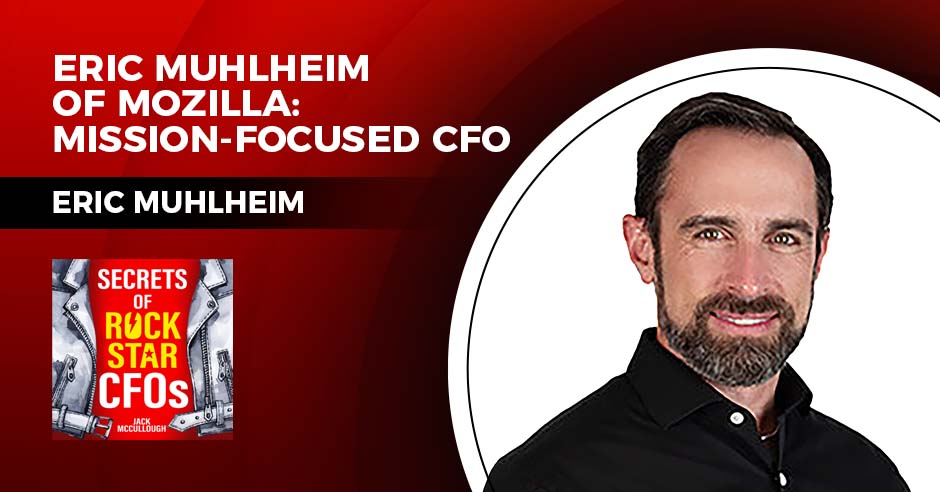When it comes to the job of being CFO, there’s no work more essential than developing strategy. From M&A and capital allocation to placing technology bets and building out the right balance sheets, this is the core of the position that all too often doesn’t get enough attention, especially at small and mid-sized companies muddling through the day to day.
At our upcoming Strategic CFO Forum on December 4 at the Nasdaq MarketSite in New York—join us!—we’ll be devoting the day to helping you think through how you’re approaching the essentials of the CFO job, with a big emphasis on developing your strategy for strategy, with some of the best CFOs in business today, from companies including Kroger, AWS, AstraZeneca, GE, Humana and more.
This week we caught up with two of the CFOs who will be joining us on a deep-dive panel into how they tackle the strategy part of the job and asked them about their process and also quick tips that you can put into practice immediately to improve in your work. Here’s what they had to say:
Mandy Fields, CFO, e.l.f. Beauty. She’s helped guide the publicly traded cosmetics-industry disruptor to 19 straight quarters of growth with a lean team and a methodical approach to analyzing markets and opportunities.
What’s her strategy process?
“As we look out into the next couple of years and what’s coming on the road ahead, CFOs really need to be focused on what’s happening with the consumer, especially in our space. What’s happening with unemployment, is that going to deteriorate? Are people feeling tighter with their wallets and how’s that going to impact spending as we look on the road ahead? I’m certainly looking at interest rates as well. Do they continue to creep higher?
“I am very focused on our end consumer, our community, and making sure that we’re keeping our ears to the ground on how they will change over these next several years and making sure that we are scenario planning for each of those things. Our long-range planning process, it goes out for years. We’re looking at what could happen, what are that range of possibilities that can happen over the next three years that we need to be prepared for so that we continue to grow as a company.
“It turns into our plan that we actually [just] walked through with our CEO. You asked about how you can partner better with the CEO and board on strategy? This is our main tool as a finance organization for doing just that. We have a big offsite, we do all of these things and then bring all of those insights together. What the plans are going to be, how does that roll up financially, what does that look like from a balance sheet standpoint? All of those things, then present it to the board and get their alignment on that as well. So that is how we insert ourselves into the strategic conversation of where the company is going to be headed over the next three years.”
Top tip for 2024? Use your network.
“Leveraging your partners, whether it be banks, your law firms, if you have relationships with the economists at different banks…there’s a ton of research that they’re already doing. So you can always reach out to them and get intel on what’s coming now, whether it be FX rates, interest rates, anything that’s on the road ahead. They’re happy to share that information with you.”
Xihao Hu, CFO, TD Bank U.S. helps shape the direction of the 11th largest bank in the United States by assets, finding opportunities in one of the most complex, disrupted industries imaginable.
What’s his strategy process?
“The corporate strategy office is within the CFO office. So I have a team of about five people leading to do that, working with the CEO office very closely. Also each of the line-of-business CEOs will have their own strategy team and they all aggregate into the strategy team at the center with the finance team. So we have quite a bit of leverage working with a line of business, also with the CEO to get that strategy out.
“Our planning is both on short term and long term as well. We do MTO—medium term outlook—plus the plan for next year. So we’ll do 12 months from now and also for the next five years. We update that plan based on different scenarios every single quarter, and also do an outlook on top of the quarterly submission just to see if there’s any small tweaks from a quarterly reporting perspective. We need to call out as a risk to the CEO and to the management in Toronto as well. So quite an elaborate process to make sure that we’re not just looking at investments for the short run, but also looking at investments for the longer runs.”
Top tip for 2024? Carve out an hour a day to think.
“As a CFO you need to focus on your routine stuff, but also always find a little time to think about the future. Every day I’m trying to get out at least 45 minutes to an hour or so, just to think about ‘what did I miss for the longer run?’ Just not looking at my to-do task in front of me. I think that’s important. Because otherwise you’re mired into every daily detail and you forget about the future.”








